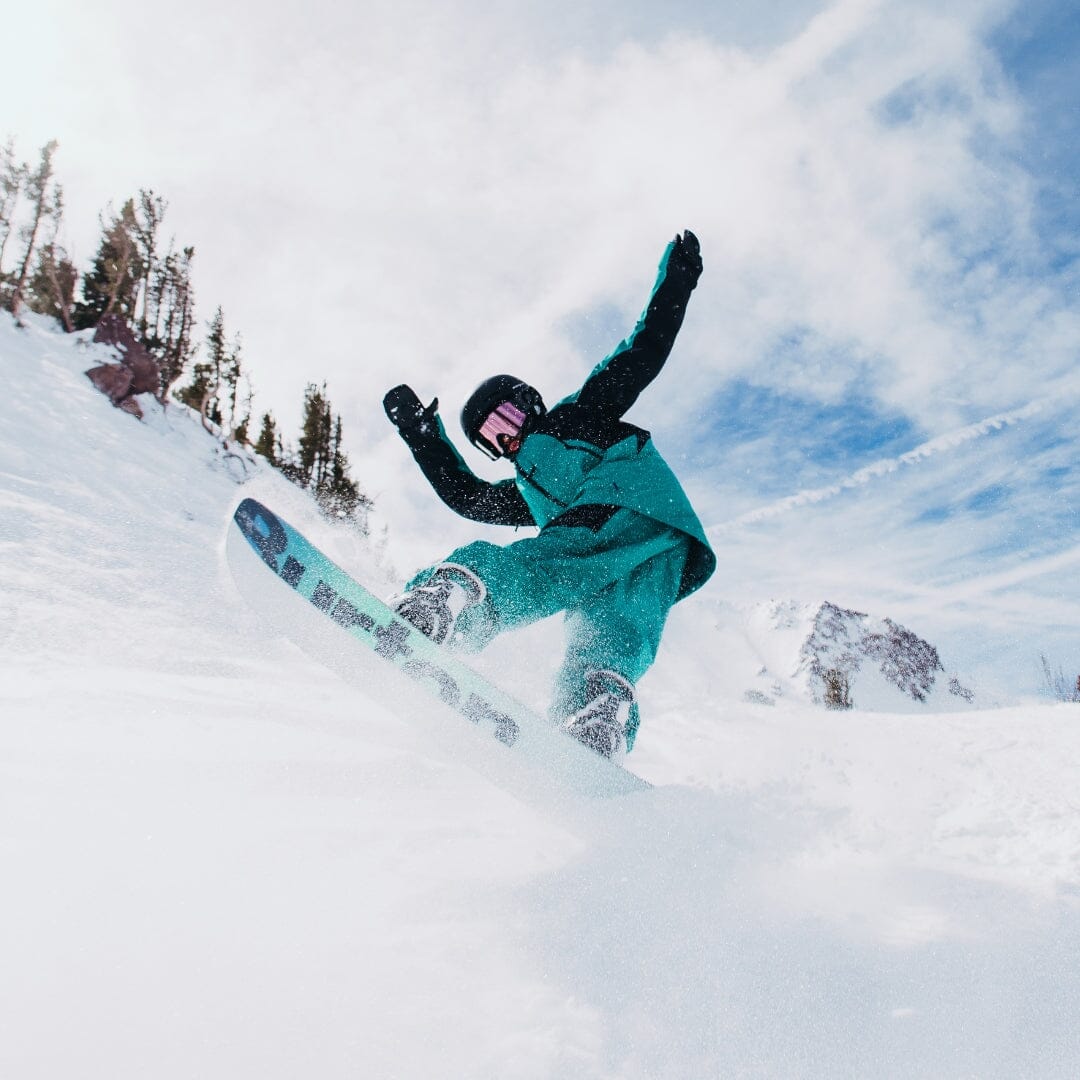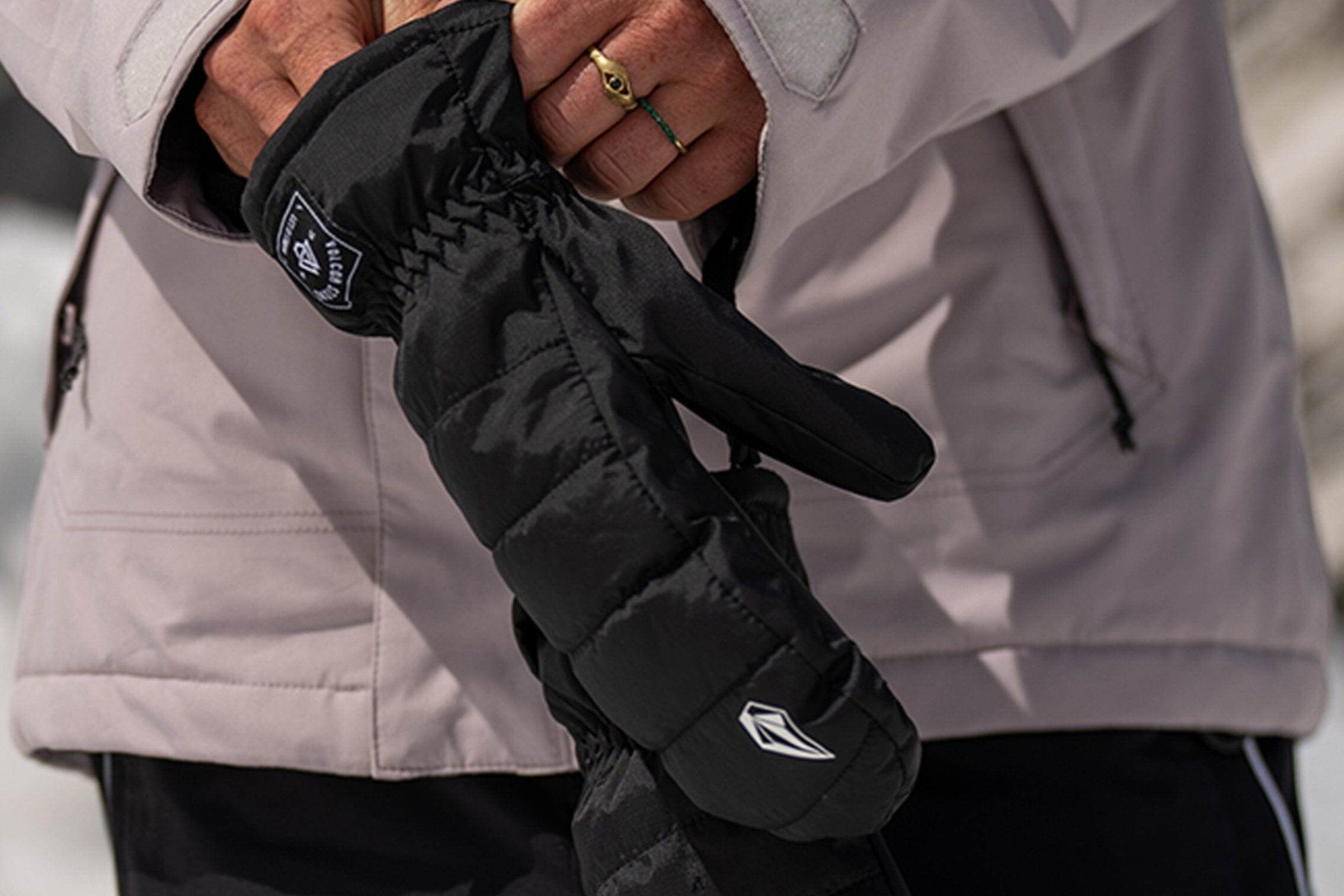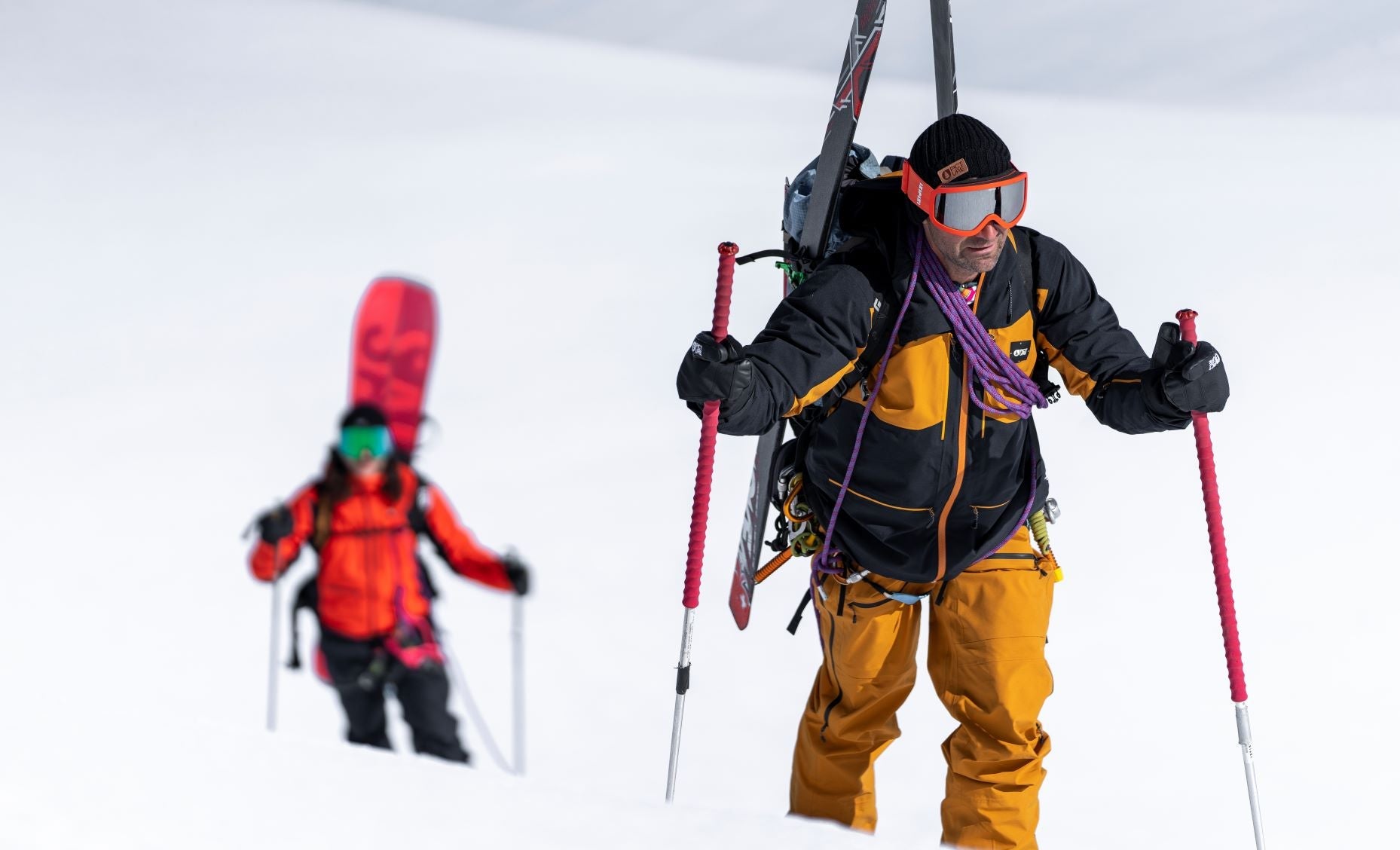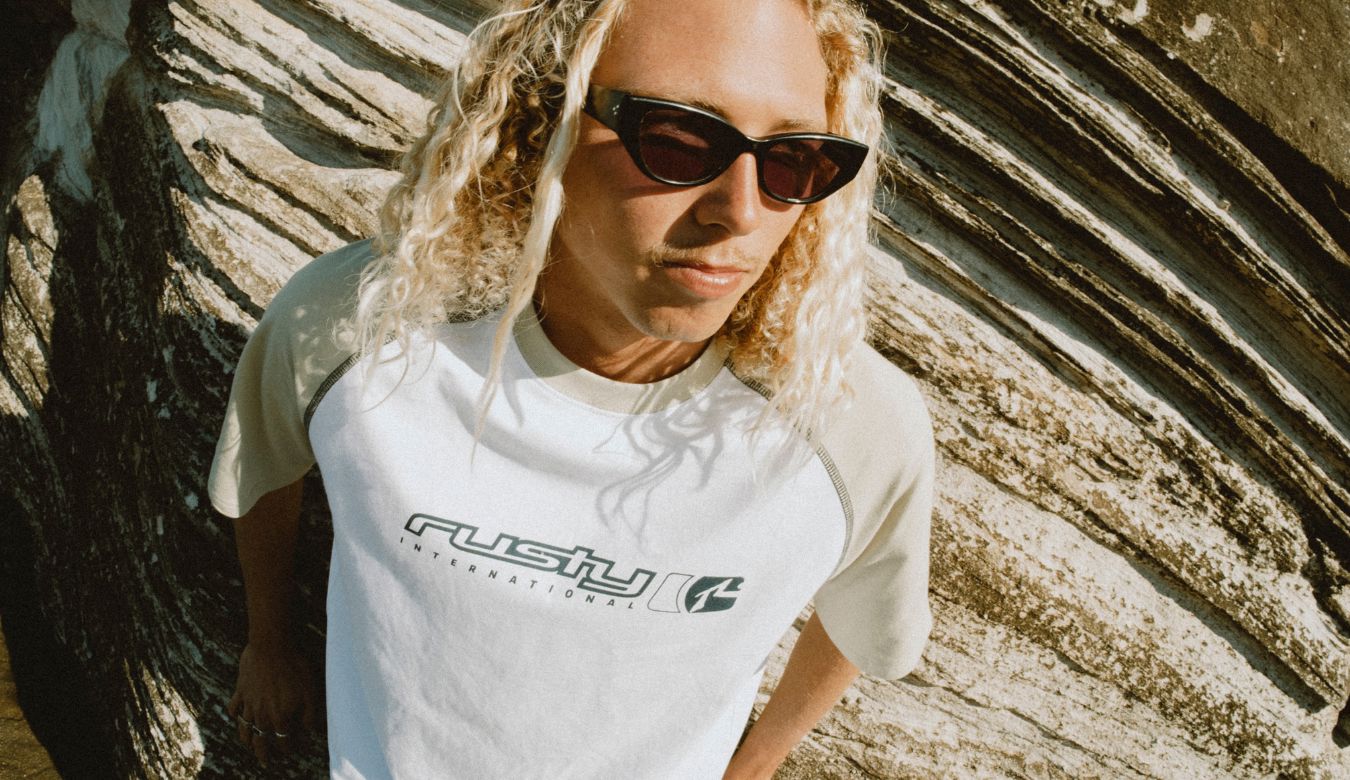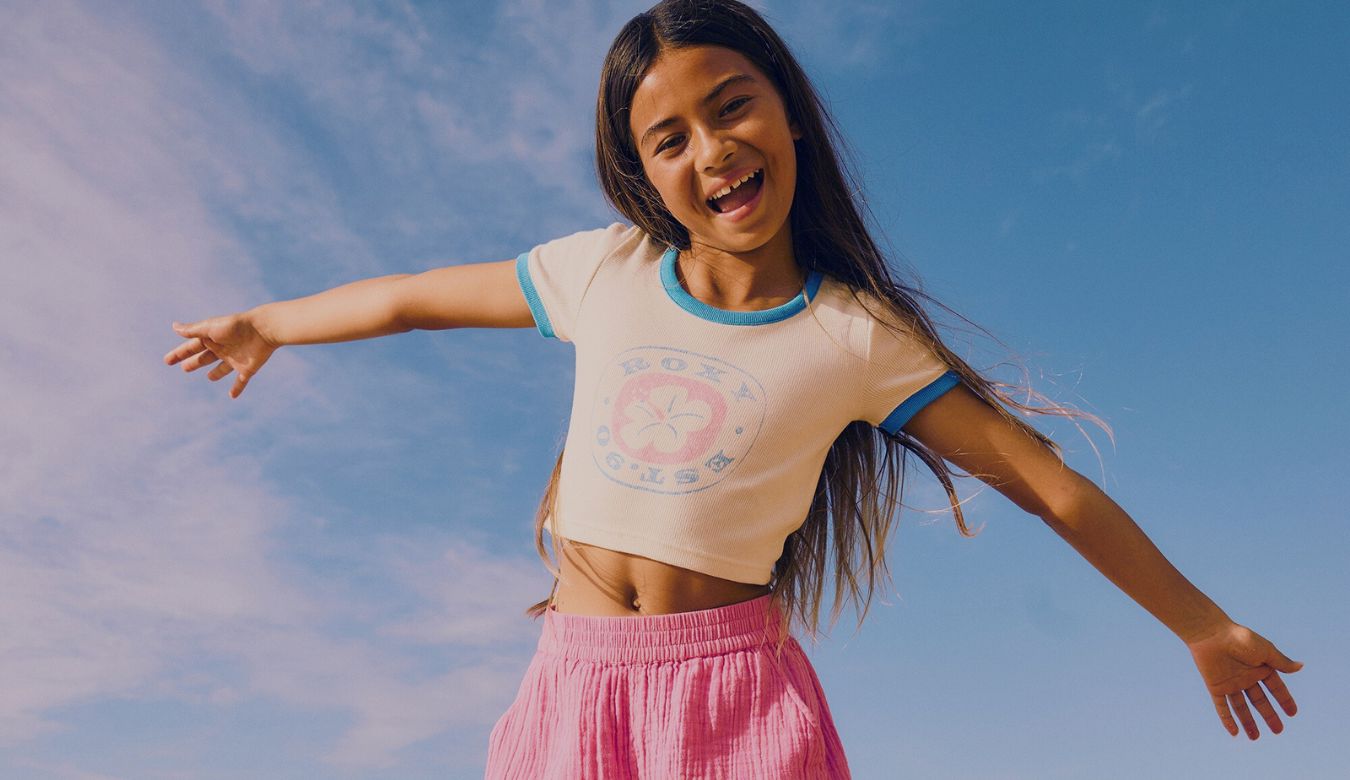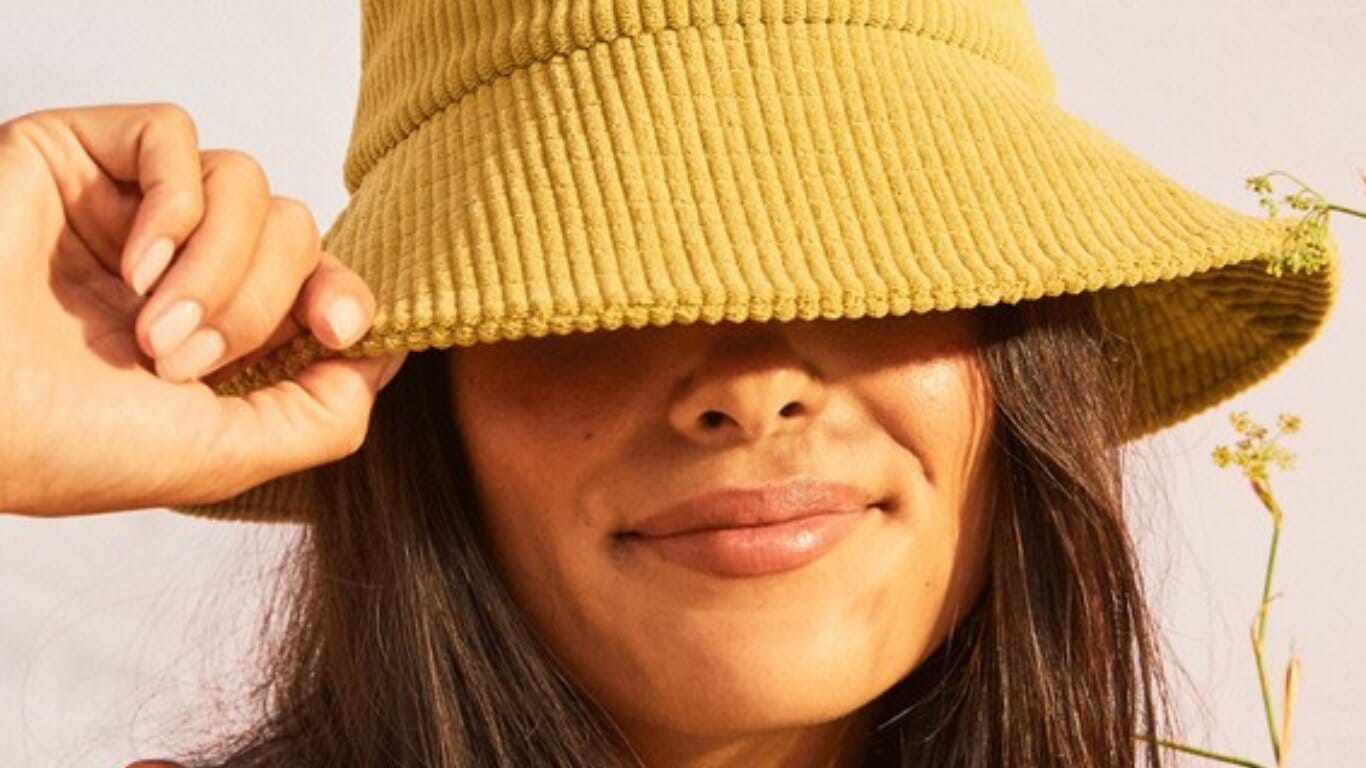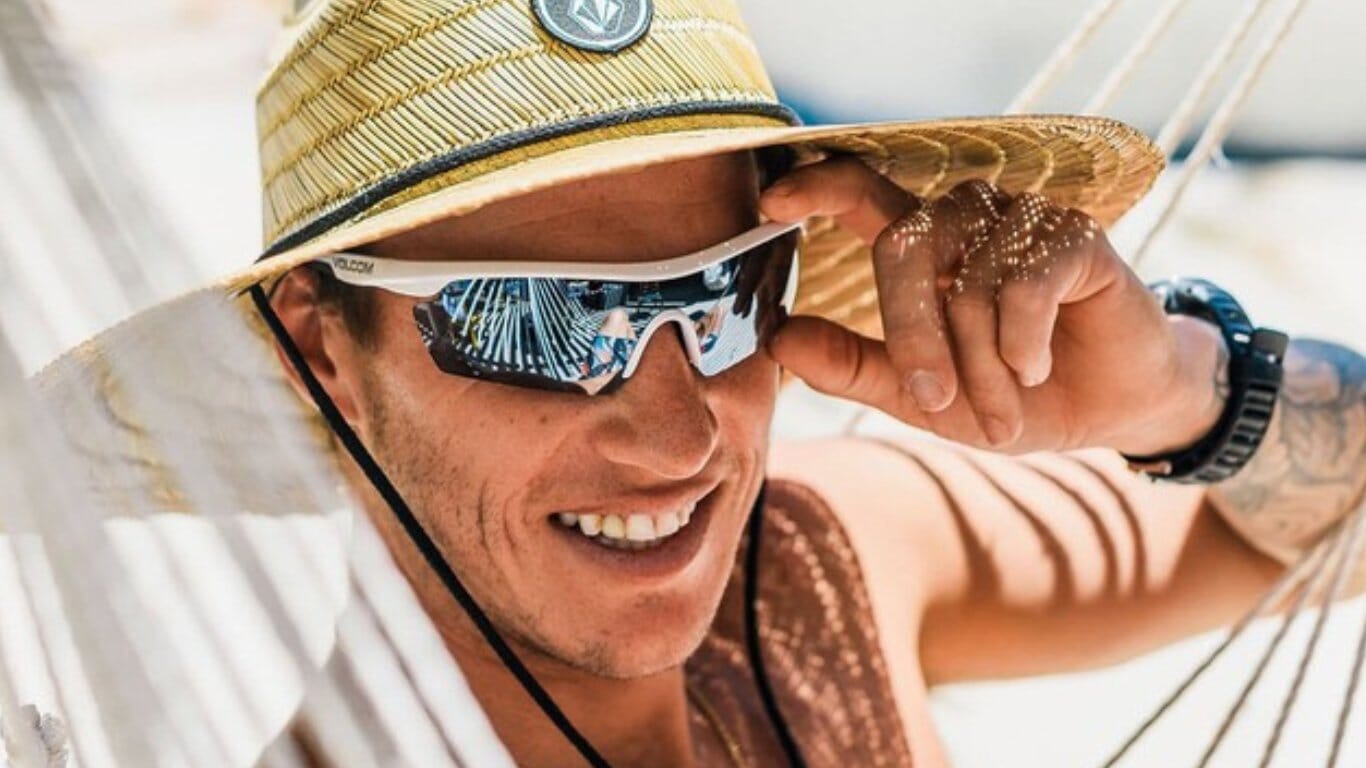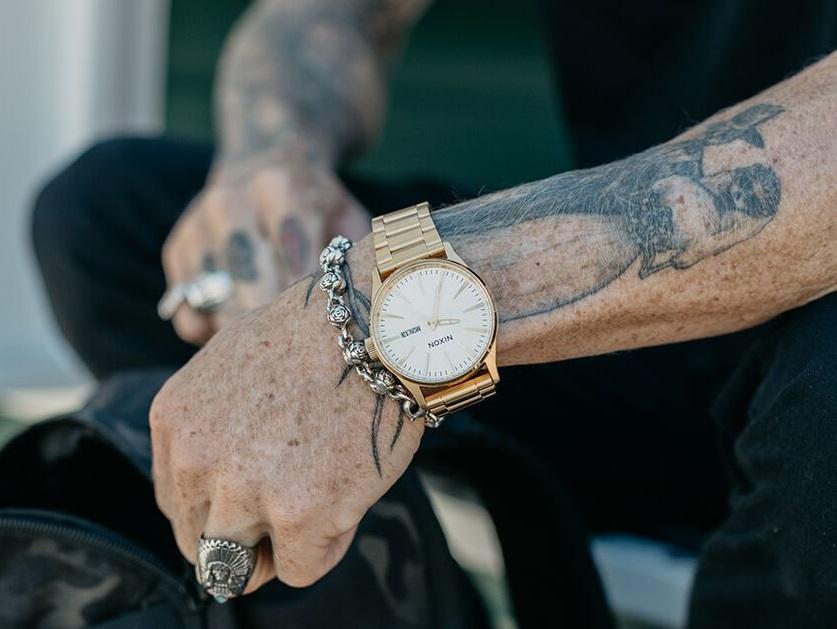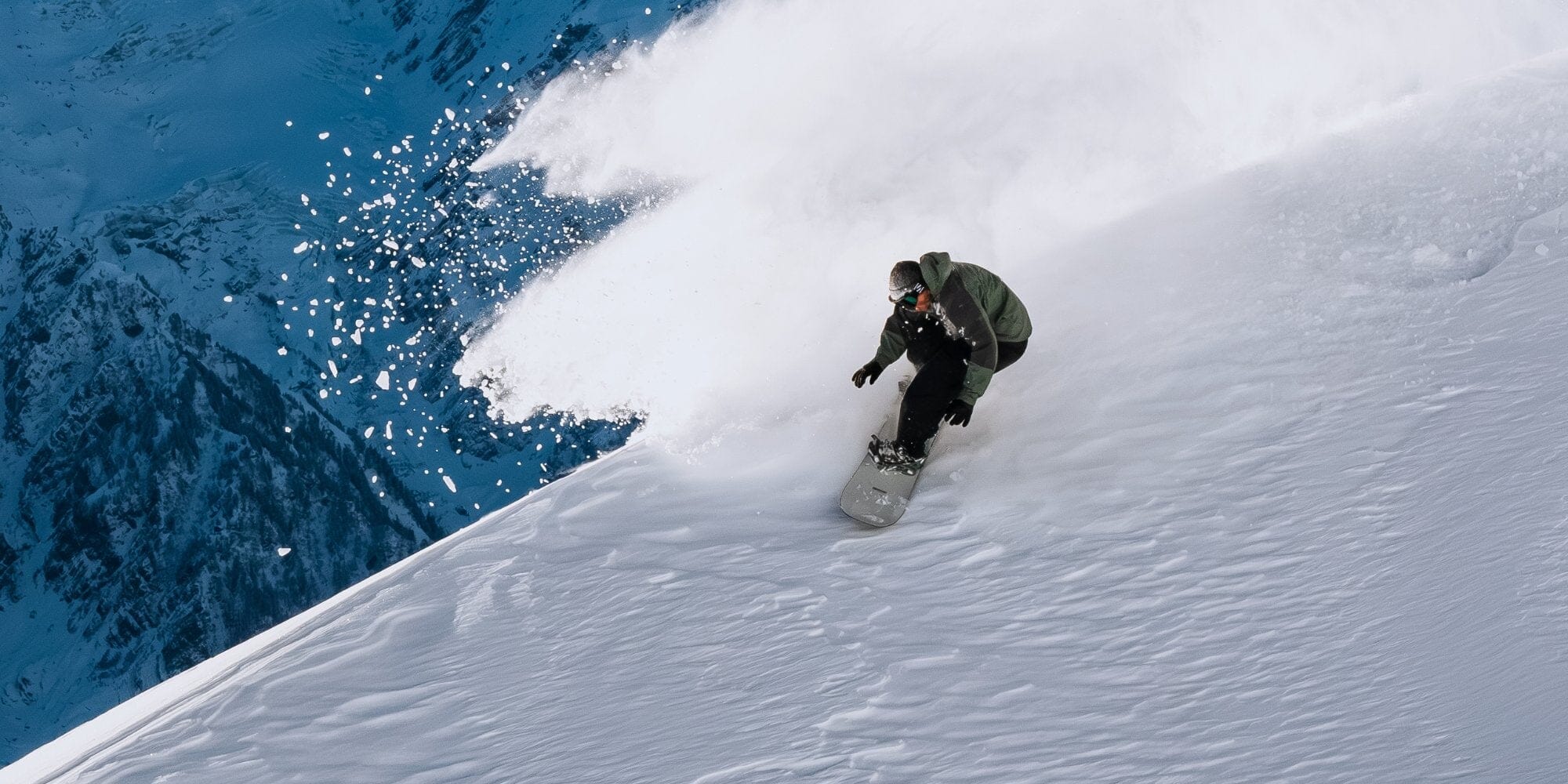Splitboarding Buyers Guide

SPLITBOARDING BUYERS GUIDE
Every Winter more snowboarders are broadening their horizons into splitboarding. Looking to leave the comfort and queues of ski areas to head out and explore the mountains beyond the resort boundaries. No doubt the rewards are plentiful, with fresh un-tracked snow, new vistas to behold and an undeniable sense of freedom and one with nature for those who are willing to earn their turns and put in a bit of work.
Before you jump on a board that splits and start hiking though there are a few pieces of equipment you’re going to need to not only keep you safe out there but also make your trip a whole lot easier and more enjoyable.
SPLITBOARDS
The recent advancements and innovation in the splitboard industry have made splitboarding in the backcountry far more pleasurable. That being said, having the right equipment can make or break your day. The first thing to consider would be what conditions you will mainly be riding. If you are looking into purchasing your first splitboard then an all-round board that can handle both deep snow and variable conditions is best.Most splitboards are going to be either flat or cambered between the feet with varying amounts of rocker aka reverse camber at the tip and tail of the board. There are fully rockered boards available but while these may be great going downhill in 40cm of fresh snow, negotiating a steep and icy skin track isn’t won't be an easy task.The K2 Isolator and Ride Splitpig are both exceptionally capable splitboards no matter what the conditions.
SKINS
Climbing skins that are attached to the case of the splitboard to travel uphill are a crucial part of the backcountry touring system. Most of our staff members use the G3 Universal and have found these to be the best balance for weight, reliability, and grip.Whichever brand you pick, make sure they have tip and tails attachments. Some older or cheaper models don't come with tail clips that prevent the skin from peeling off the board and losing its adhesiveness to the base of the board.
SPLITBOARD BINDINGS
There was a time when splitboarders would mount their regular bindings onto a Voile Plate Adapter. This system was heavy and cumbersome. New splitboard specific bindings are lighter, simpler and connect the two halves of the board together far better. This makes it far easier while climbing and a more solid, stable, confidence inspiring, and controlling on the descent.
For ease of use, reliability reduced weight and board feel, we recommend the Spark R&D Surge Pro ST.
BOOTS
Even if this is your first splitboard purchase, you likely already have boots that work with your current snowboarding kit. While your current boot will do the job, something more splitboard specific could be a better option in the long run. There is an increasing amount of backcountry specific boots being released to market right now so this is the perfect time to explore the options.
Look for a boot that is a medium to stiff flex with a deeper tread from a manufacturer who specializes in rubber and sole manufacturing. Both Vibram and Michelin have started to provide their services to the splitboard boot market resulting in increased traction when traveling on steep, icy and exposed sections where boot packing is essential. The K2 Waive, Salomon Trek S/Lab and Ride Insano are all great options. There is no definitive answer to what is right or wrong here and above all, comfort is paramount so it comes down to which boot fits your foot the best.
COLLAPSIBLE POLES
Using telescopic or collapsible backcountry specific ski poles for splitboarding is essential. They adapt to changing snow conditions and terrain and are easily stored on the outside or inside of your pack while switching to ride mode. our personal favourites are the Burton x Black Diamond Compactor Poles
AVALANCHE TRANSCEIVERS
Your avalanche transceiver or beacon is one of the most essential parts of your backcountry equipment. It sends out a signal that can be picked up by other transceivers in the event you are buried in an avalanche. Likewise, if your mountain partner is buried, your transceiver will be able to detect their signal. When testing transceivers we looked for ones that had good signal distance, were easy to use and had 3 antennas. This helps with pinpointing the strongest signal in the shortest amount of time. From our experience testing numerous transceivers, we can recommend the Mammut Barryvox S and the Mammut Barryvox
SHOVEL
A good shovel is a multi-functional tool that allows you to dig out your partner in the event of an avalanche along with being used to create snow pits to check snow stability. It can also help create a snow shelter in an emergency, build a kicker in the backcountry and dig out your car should you ever get stuck. A shovel with a collapsible design and metal blade is the way to go for both reliability and durability.
The Mammut Alugator Pro Light is a great choice.
PROBE
An avalanche probe is part 3 of your essential backcountry requirements (Beacon, Shovel, and Probe) A good probe is lightweight, durable and folds up small. When in doubt, go with something longer at over 3 meters with a good locking mechanism. Shorter may be lighter but the last thing you want is not being able to reach your partner under the snow because your probe is too short.
Our pick is the Mammut 320 Speedlock Probe.
BACKCOUNTRY SNOWBOARD PACK
A backcountry pack will differ from a resort pack in a few ways. The main difference will be the size; you’ll need to fit everything you need for a day in the backcountry in there. A separate pocket for your avalanche equipment is great and will aid in speedy access to your shovel and probe if needed. Look for packs with a well-designed layout and a good snowboard carry system for boot packing along ridgelines.
WARM LAYERS
Even if you’re not planning on wearing it, having a good insulated or heavy merino layer in your backpack is always a great idea. They don’t weigh much or take up allot or space but the weather in the mountains can change quickly so it’s always good to be prepared.
The Picture Takashima is my personal choice as it is warm even when wet due to the Synthetic fill.
Mike Handford (BaseNZ General Manager / Splitboarding Expert)
Personal Gear Preferences:
Splitboard: K2 Isolator
Bindings: Spark R&D Surge Pro ST
Boots: Ride Trident
Skins: G3 Grip
Poles: Burton x Black Diamond Compactor Pole
Jacket: Burton AK Gore Cyclic Jacket
Pants: Burton AK Gore Cyclic Pant
Mid Layer: Picture Takashima
Gloves: Pow Alpha
Goggles: Smith Squad Mag
Helmet: Smith Summit
Pack: Arva Rescuer 32 Pro
Avalanche Beacon: Mammut Barryvox S
Probe: Mammut 320 Speedlock
Shovel: Mammut Alugator Pro Light



